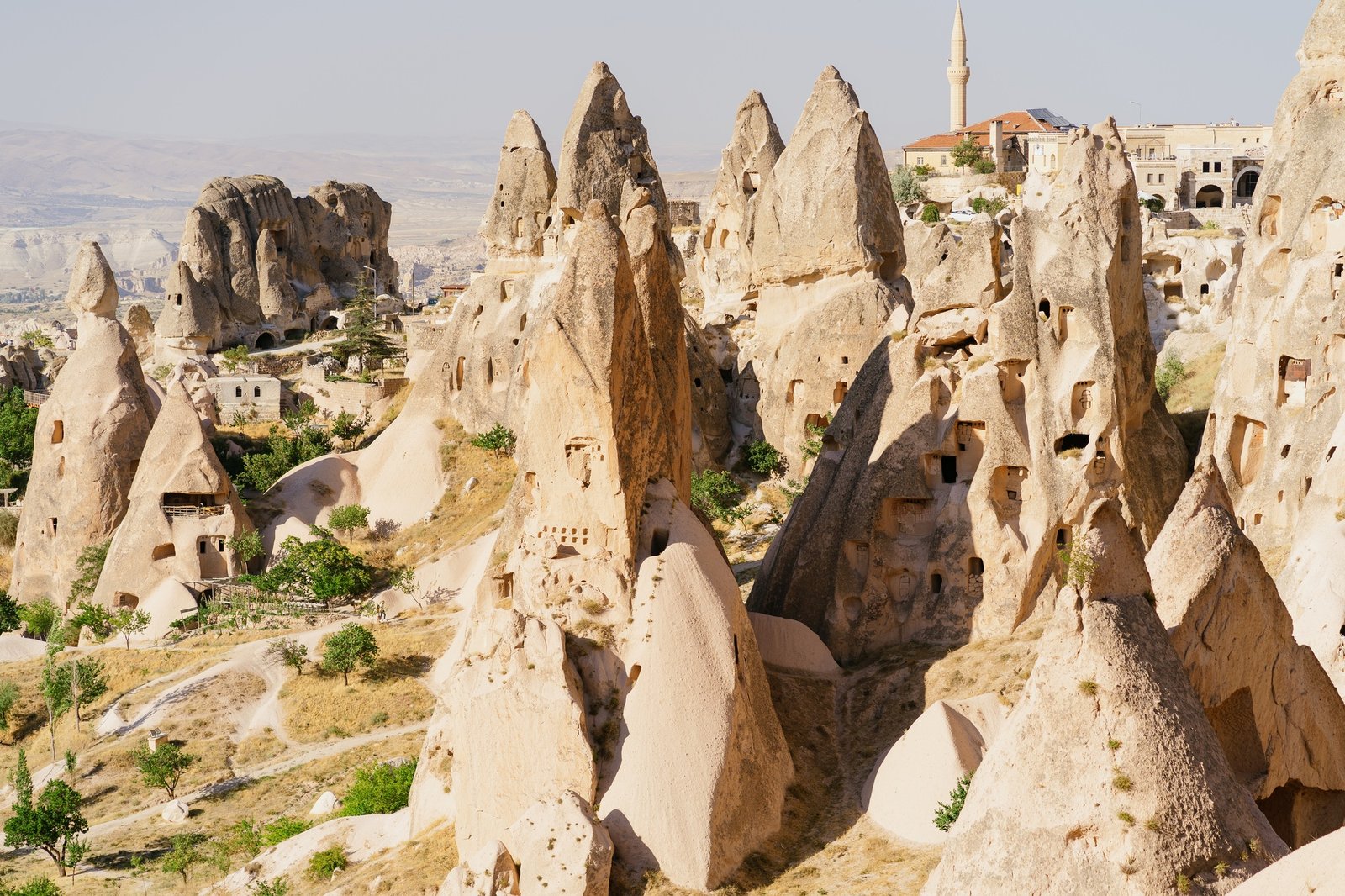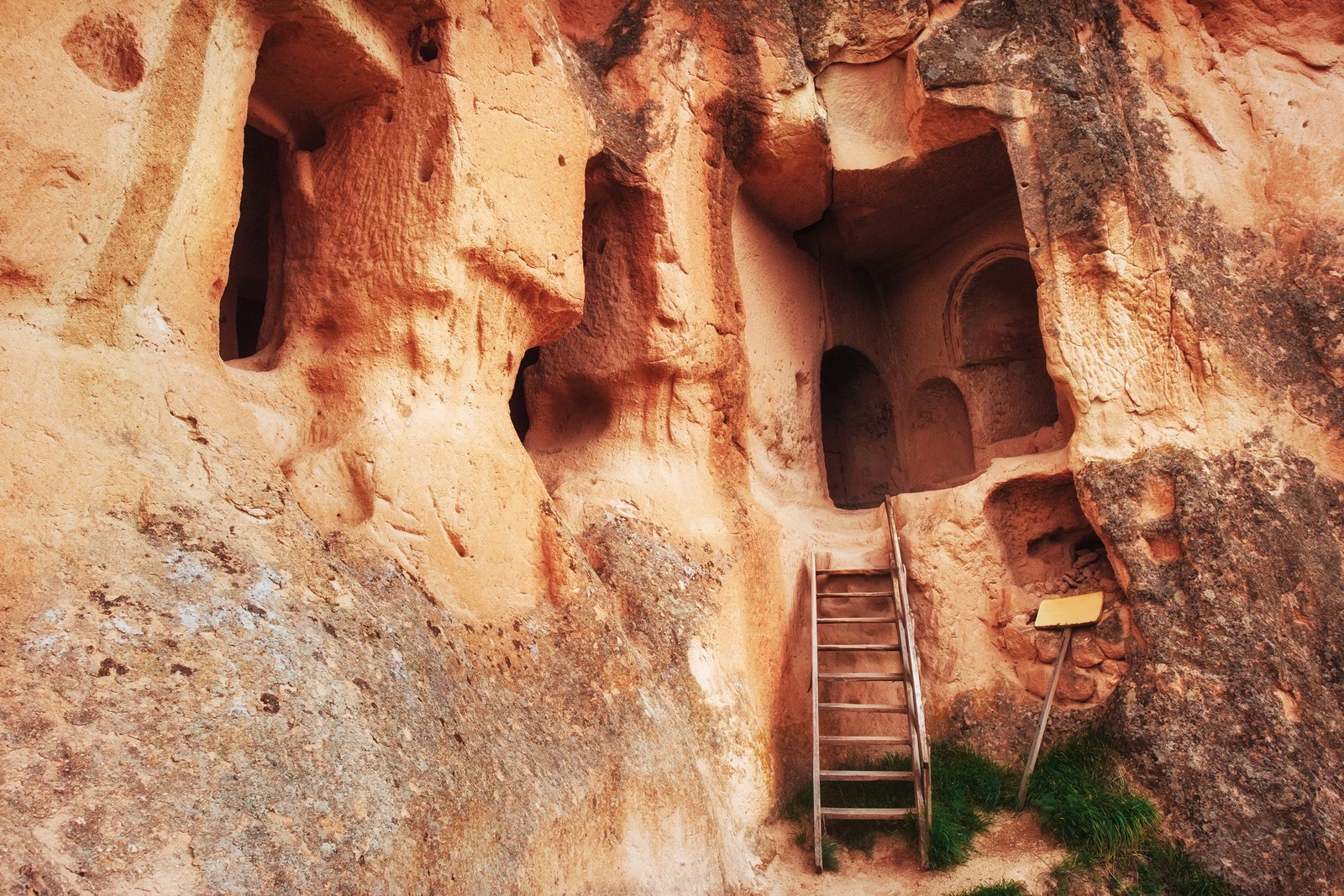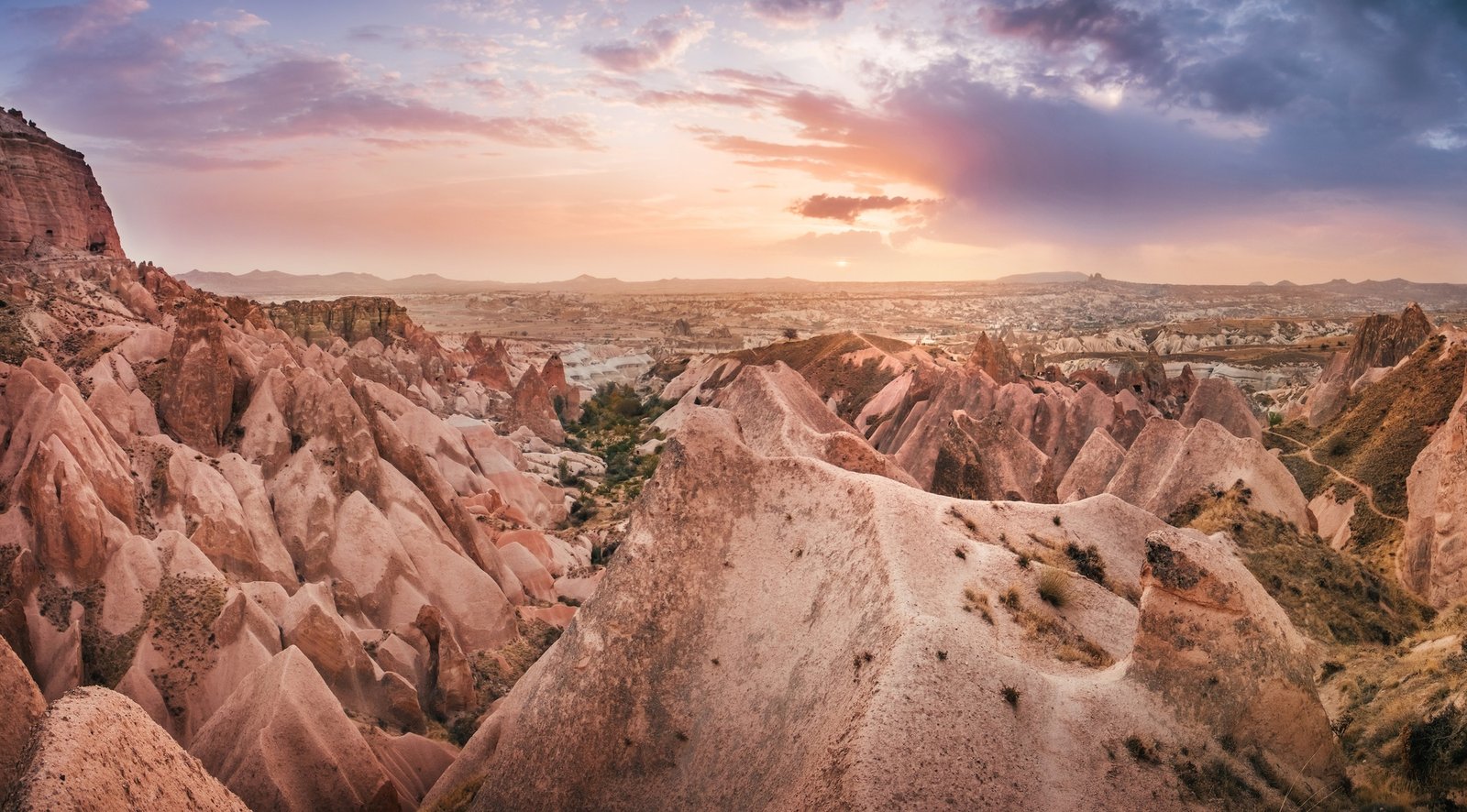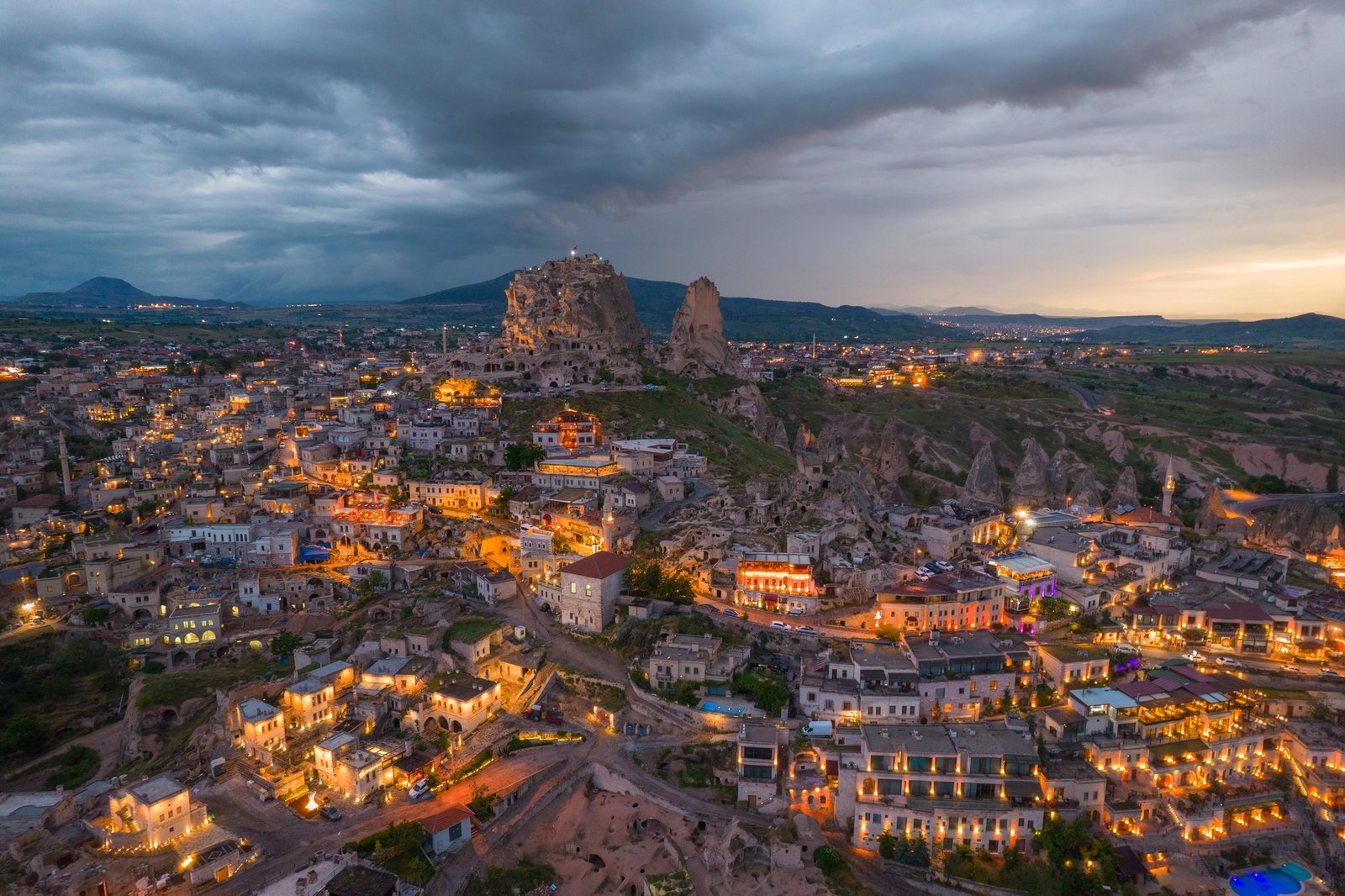When you think of Cappadocia, what comes to mind? Is it the hot air balloons floating above dramatic landscapes or the fairy-tale-like rock formations? While those are certainly iconic, Cappadocia has a lesser-known yet equally mesmerizing attraction—its caves. These ancient caves hold secrets of civilizations past, offering a glimpse into an intriguing world hidden below ground.
Whether you’re an avid traveler, history buff, or someone planning their Cappadocia travel adventure, understanding the captivating history of the Cappadocia caves adds a deeper layer of meaning to your visit. This blog takes you on a journey through their history, functionality, and why they remain a must-see destination for adventure seekers worldwide.
What Are the Cappadocia Caves?
The Cappadocia caves, located in central Turkey, are a remarkable network of subterranean cities and rock-carved dwellings that date back thousands of years. These caves were not formed by accident. Early inhabitants ingeniously carved them out of the region’s unique landscape of soft volcanic rock to create homes, churches, storage spaces, and even defense hubs.
What makes the Cappadocia caves extraordinary is their functionality and versatility, serving as refuge during conflicts, a center for community life, and a testament to human ingenuity. Today, they are a UNESCO World Heritage Site, preserving the region’s cultural and historical essence.
A Look Into Cappadocia’s History
Cappadocia is steeped in history, and its caves are at the heart of it all. Here’s what you should know:
From Natural Wonder to Human Atelier
Cappadocia’s unique landscape formed millions of years ago due to volcanic eruptions. Over time, wind and rain shaped the volcanic ash deposits into the famous “fairy chimneys” and soft rock formations we see today. These malleable rocks became the perfect canvas for early humans to carve out their homes.
Early Civilizations and the Rise of the Caves
The settlement of Cappadocia caves dates back to the Bronze Age. Initially used by the Hittites, an ancient Anatolian civilization, the caves later housed Christians fleeing persecution during the Roman Empire. Underground cities like Derinkuyu and Kaymaklı were developed as safe havens, complete with churches, ventilation systems, and even escape routes.
These meticulously designed underground cities tell tales of survival, ingenuity, and faith. They reveal how the early Christians lived, prayed, and thrived while avoiding discovery by hostile forces.
Medieval Transformation
By the Byzantine era, the Cappadocia caves underwent transformation, serving as monasteries and religious sanctuaries. The interiors of many caves were beautifully adorned with frescoes depicting Biblical stories. The Göreme Open-Air Museum, a cluster of these monastic caves, offers visitors a front-row seat to this era of spiritual artistry.
A Lost Past Rediscovered
The Ottoman Empire and subsequent centuries saw a decline in the use of Cappadocia caves. It wasn’t until the 20th century that these caves were rediscovered and appreciated for their historical value. Archaeologists uncovered intricate underground networks, shedding light on their complex structure and use. Today, these caves are recognized as treasures that connect us to Cappadocia’s rich history.
Highlights of Cappadocia Caves to Explore
When planning your Cappadocia travel itinerary, make sure to include these world-famous caves in your adventure:
1. Derinkuyu Underground City
This multi-level underground city plunges 60 meters below the surface and could shelter up to 20,000 people at its peak. Complete with stables, chapels, and ventilation shafts, it’s a marvel of ancient engineering.
2. Kaymaklı Underground City
Known for its organized layout, Kaymaklı is another spectacular subterranean city. Visitors can discover wine cellars, living quarters, and storage areas that hint at the lives of its ancient inhabitants.
3. Göreme Open-Air Museum
A collection of monastic complexes and rock-carved churches, this UNESCO World Heritage Site hosts stunning frescoes that have survived centuries. It’s a must-visit for history and art enthusiasts.
4. Zelve Valley
This cave town offers an above-ground exploration of rock formations and fully carved dwellings. Zelve beautifully illustrates how Cappadocia’s unique geography merged with early human innovation.
5. Avanos Caves
Filled with local artisans and workshops, the Avanos caves offer a modern twist. They’re a hub for traditional pottery, combining Cappadocia’s historical essence with contemporary creativity.
The Cultural Impact of Cappadocia Caves
The Cappadocia caves are more than archaeological sites—they’re culture carriers. They reflect the spirit, resilience, and creativity of those who inhabited them. They also play a pivotal role in maintaining the region’s identity, drawing both admiration and tourism from around the world.
Preserving History for Future Generations
Efforts to protect and preserve the Cappadocia caves ensure that their stories endure. Continuous restoration work on sites like Göreme is a vital part of keeping history alive. Visiting these caves not only enriches your travel experience but also supports their conservation.
Building a Community of Curious Minds
Travelers, bloggers, and researchers alike have found community in their love for Cappadocia’s history. Sharing experiences, whether through blog posts, photography, or local guides, adds a modern narrative to these timeless sites.
Making the Most of Your Cappadocia Travel Adventure
Whether you’re visiting for history, adventure, or unique landscapes, a few practical tips can help you get the most out of seeing the Cappadocia caves:
- Plan Ahead: Some caves require guided tours, while others are self-guided, so plan your itinerary accordingly.
- Go Early: Arriving early lets you explore the popular sites before the crowds.
- Dress Comfortably: Wear sturdy shoes for climbing through caves and navigating uneven terrain.
- Engage a Guide: Local guides offer rich insights and stories that enhance your appreciation of these historical sites.
- Stay Overnight: What’s more fitting than staying in a cave hotel, which brings the experience full circle?
Why You Should Explore the Cappadocia Caves Today
Visiting the Cappadocia caves isn’t just about admiring their aesthetic appeal; it’s an opportunity to connect with history. Each carved rock face, fresco, and tunnel tells a story of resilience and community. These caves are living reminders of human adaptability and creativity.
By including Cappadocia caves in your travel plans, you’ll walk away with more than just photographs—you’ll leave with lasting memories and a newfound appreciation for history.







